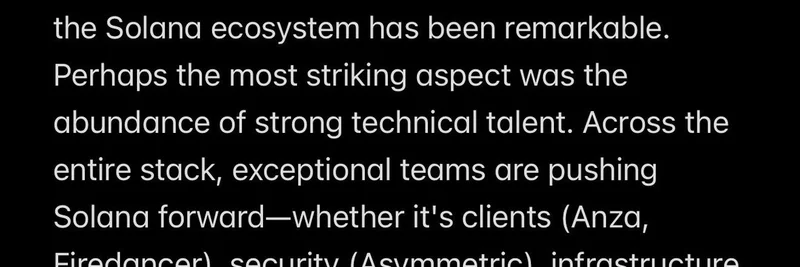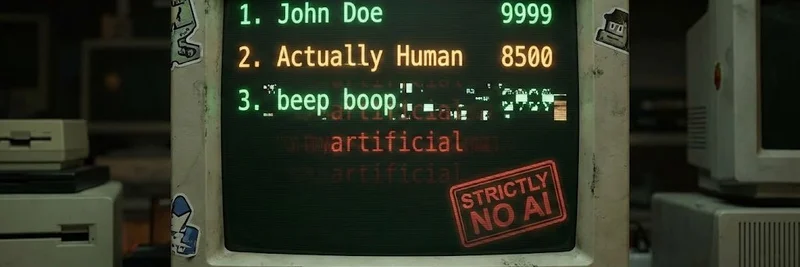Crypto Twitter is buzzing again, thanks to a thought-provoking post from Laura Shin, the renowned crypto journalist and host of the Unchained podcast. She highlighted a bold claim from an executive: Digital Asset Treasuries (DATs) might just be offering better deals for locked tokens compared to traditional venture capitalists (VCs). But is there truth to this? Let's dive in, breaking down the key points from the linked report by Steven Ehrlich on Unchained, and explore how this ties into the wild world of meme tokens.
What Are Digital Asset Treasuries and Locked Tokens?
First off, if you're new to this corner of crypto, Digital Asset Treasuries (DATs) are companies that act like treasure chests for cryptocurrencies. They scoop up massive amounts of tokens—think bitcoin, ether, or altcoins like SUI or TON—and hold them to back their own shares. This year, we've seen a frenzy with firms like Sui Group (SUI), Ton Strategy Company (TON), Avalanche Treasury Company (AVAX), and StablecoinX (ENA) racing to build their stockpiles.
Now, locked tokens are a big part of their strategy. These aren't your everyday tradable coins; they're restricted from being sold on the open market for a set period, often years. Foundations behind blockchains issue them at steep discounts—sometimes 15% or more off spot prices—to partners, employees, or in this case, DATs. The idea is to incentivize long-term commitment without flooding the market and crashing prices.
But here's the twist: while "locked" sounds ironclad, these tokens aren't always as immobile as they seem. They can move between parties, get staked for yields, and even back liquid shares in DATs. This raises eyebrows because it might bend the rules of why they were discounted in the first place.
The Executive's Claim: DATs vs. VCs
The heart of Shin's tweet is this executive's assertion—specifically from Ted Chen, co-founder of StablecoinX. He argues that DATs provide a "better bid" for these locked tokens than VCs. Why? VCs often demand massive discounts (30-50%) because they're wary of liquidity risks down the line. DATs, on the other hand, can offer slimmer discounts since they turn these illiquid assets into something more tradable through their public shares.
Chen puts it plainly: "Is there just a better function here where a public DAT could actually function as the best bid in terms of creating liquidity and doing this effectively, capital raising for the foundation in a more efficient manner?" It's a compelling point. By going public quickly, DATs create liquid markets that avoid big price dumps when locks expire, potentially benefiting everyone from foundations to retail investors.
But not everyone's convinced. Critics worry this creates unfair arbitrage. Imagine buying discounted locked tokens, then issuing shares that unlock sooner—sometimes in just six months. This "liquidity mismatch" could let insiders cash out early, leaving regular folks holding the bag if things go south.
Real-World Examples from the Report
Let's look at some specifics to see this in action.
Sui Group (SUI): In a recent deal, they snagged $140 million in locked SUI tokens at a 15% discount from the Sui Foundation. These tokens are locked for two years, but shares backed by them could start trading after just one year for some holders. Chairman Marius Barnett defends it, saying their lockups are longer than industry norms and don't pose material risks. Plus, they can stake these tokens for extra yield in the meantime.
StablecoinX (ENA): They locked in tokens with a four-year schedule, including a 12-month cliff. But sponsor shares? Only a six-month lockup. A spokesperson claims this is stricter than most DATs, which often have no lockups at all. Still, it highlights how locked assets can fuel quicker liquidity.
These aren't isolated cases. The report mentions egregious examples, like insiders moving $300 million in "locked" tokens to a DAT for immediate liquid shares. Experts call it a "major issue," essentially pulling liquidity forward at the expense of fair play.
How Does This Relate to Meme Tokens?
You might be wondering: What does this have to do with meme tokens? Well, many popular meme ecosystems thrive on chains like TON, SUI, and AVAX. Think of viral hits like DOGS on TON or various dog-themed tokens on Avalanche. When DATs boost the valuations of these base layers through locked token strategies, it can ripple through to memes.
Higher chain valuations often mean more liquidity and hype, attracting developers and traders to build and launch new memes. But there's a flip side: if DAT practices lead to volatility or scandals, it could shake confidence in the underlying blockchain, hurting meme token prices. For instance, if locked tokens from foundations flood the market prematurely via DAT shares, it might dilute supply and crash spots where memes trade.
Plus, meme projects often mimic these tactics on a smaller scale—locking liquidity pools or team tokens to build trust. Understanding DAT strategies can help meme creators and investors spot similar "games" in their space, ensuring they're not just exit liquidity for insiders.
Risks and Considerations for Investors
While DATs aren't doing anything illegal—VCs have been buying discounted tokens for years—investors need to stay vigilant. Key risks include:
Slashing and Hacks: Staked locked tokens aren't risk-free. Networks can slash (forfeit) them for bad behavior, and smart contracts are hackable, as seen in recent incidents like the Kiln exploit.
Misalignment of Incentives: If foundations sell locked tokens cheaply to DATs, do they still hustle to build the ecosystem? And in bankruptcy, how do liquidations work with illiquid backing?
Market Premiums: DAT stocks often trade at premiums ignoring locks, but as premiums drop, reality might bite.
In the end, as Chen suggests, DATs could streamline capital raising for foundations, potentially better than VCs. But in crypto's Wild West, always DYOR (do your own research) and watch those lockup schedules closely.
What do you think? Are DATs revolutionizing token deals, or just another arbitrage play? Drop your thoughts in the comments, and stay tuned to Meme Insider for more breakdowns on how big-picture crypto moves impact your favorite memes.


